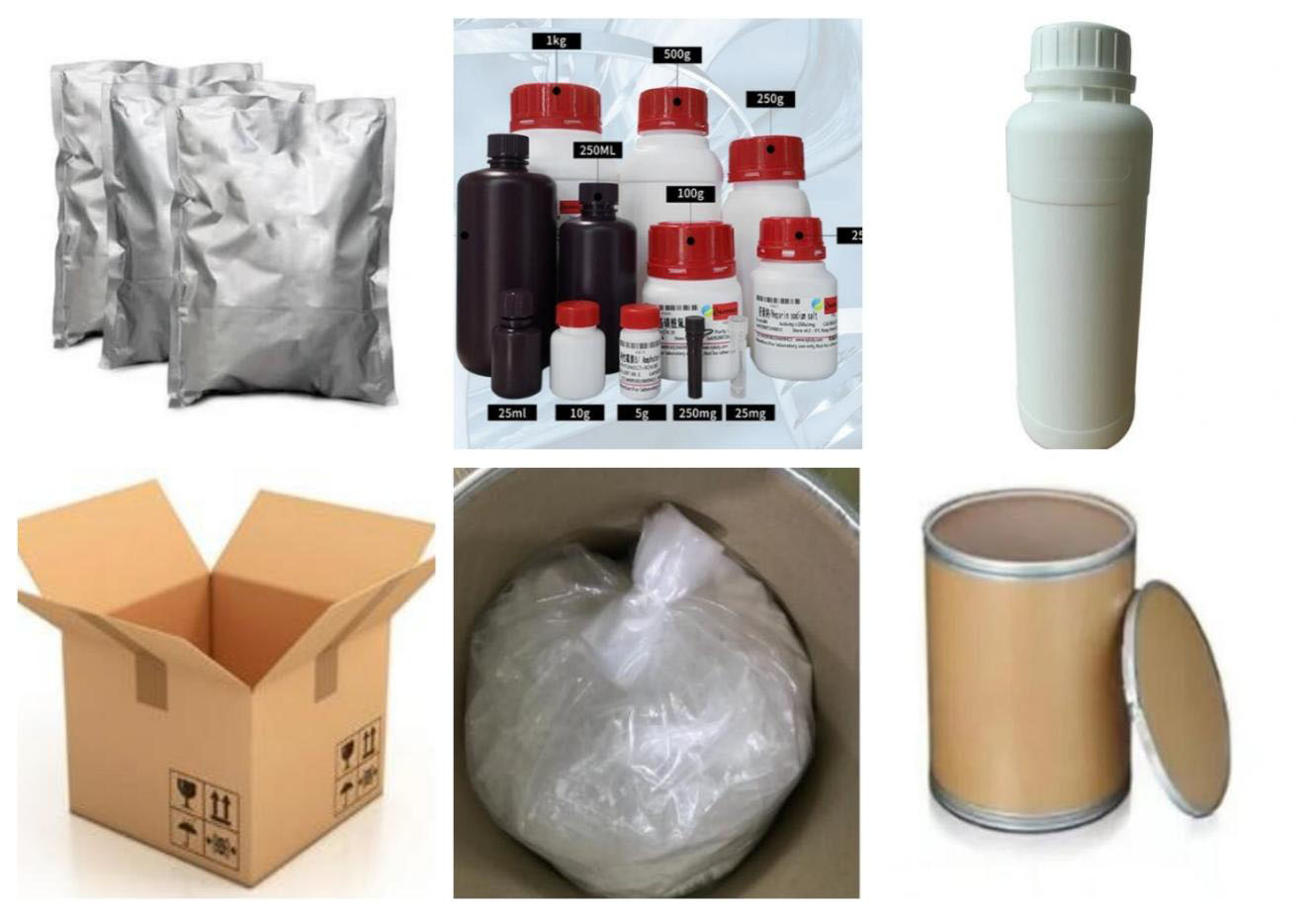Application and Effect
In biochemistry and molecular biology, the "tricine effect" refers to the ability of tricine to improve the separation and resolution of proteins on SDS-PAGE gels compared to traditional glycine-based systems. Tricine is a smaller amino acid than glycine and can penetrate the polyacrylamide gel matrix more easily, resulting in better protein separation. The tricine buffer system is especially useful for separating low molecular weight proteins (less than 20 kDa) and resolving closely migrating bands. It is commonly used in Western blotting, protein purification, and protein expression studies. Tricine is also used in combination with other buffering agents, such as Bis-Tris or MOPS, to optimize the pH range and improve protein resolution in specific applications. .Product Packing:

Additional Information:
| Composition | C6H13NO5 |
| Assay | 99% |
| Appearance | White powder |
| CAS No. | 5704-04-1 |
| Packing | Small and bulk |
| Shelf Life | 2 years |
| Storage | Store in cool and dry area |
| Certification | ISO. |
